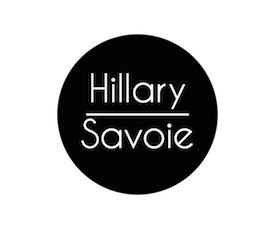Today’s topic from Feeding Tube Awareness is “Been there, done that: Help for New Tubies”
Getting a tube is an intensely personal decision. But, by the nature of tubes, it can be a decision that has to be made quickly…I remember that when I was struggling with the decision to place Esmé’s tube the nurses and doctors kept saying it wasn’t a big deal. “It’s a small procedure,” they’d say. Or “it won’t be forever.”
But the fact is, no matter how “small” the procedure is, it is a big deal. It is a big change, and it is silly for anyone to tell you otherwise. The medical professionals confuse “easy” and “simple procedure” with, “not a big deal.” A feeding tube is pretty easy to use…in fact, it may be easier than trying to feed a typical kiddo “mouth food,” honestly.
But, that doesn’t mean it isn’t a big deal. It is okay to find the prospect of this change a big deal. It is okay to feel strong emotions around the tube and what it means. It is ok to express those emotions and to sit with them.
But I will also say, I don’t think I have ever heard someone say “My child got her feeding tube and it was the biggest mistake ever.” More often I hear, “I wish we did this sooner.” I guess what it comes down to is that no one considers a tube if a tube isn’t probably necessary…it is usually recommended as a last resort.
The best thing you can do for your tubie is to educate and empower yourself. The medical community often does not understand the emotional toll of feeling like the very social, most fundamental nurturing task of feeding your child has turned into something mechanized, something that has to be approved by doctors.
I remember early on with Ezzy’s tube trying to think who I was supposed to call to approve a change in rate on her feeding pump. I had been so disenfranchised by the process of transitioning to the tube, that I thought I was no longer in change of deciding that my daughter needed to eat a little bit faster or slower. And honestly, for me, it wasn’t until I took the pump out of the equation that I started to understand that I was still in charge of feeding my baby. For us, it was gravity feeding and then bolus feeding blenderized formula that was best for Ezzy and for our family. It made me feel like the expert in feeding her. Which is how it should be! The pump always made Ez uncomfortable and by gravity or bolus feeding I could be responsive to her cues.
This is NOT to say that this feeding solution is right for everyone. My point is that, within reasonable limitations, tube feeding is not one-size-fits all, anymore that eating with your mouth is…Ideally you design a set of parameters with your various healthcare professionals–visiting nurses, doctors, feeding specialists–within which you can experiment. Obviously I am NOT advocating doing anything that your doctors specifically disapprove of. But I AM advocating having a good understanding of their boundaries and the reasons for those boundaries. Sometimes the boundaries are arbitrary, in which case, you should encourage your professionals to think beyond them.
You have a right to feel frightened. You have a right to feel a bit sad. And you definitely have a right to be an empowered and invested decision-maker. A feeding tube does require a bit of a team effort, in many ways…but as the caregiver, you are the frontline.
Please read today’s post blog post on this topic at Feeding Tube Awareness by Stephanie McDowell.

